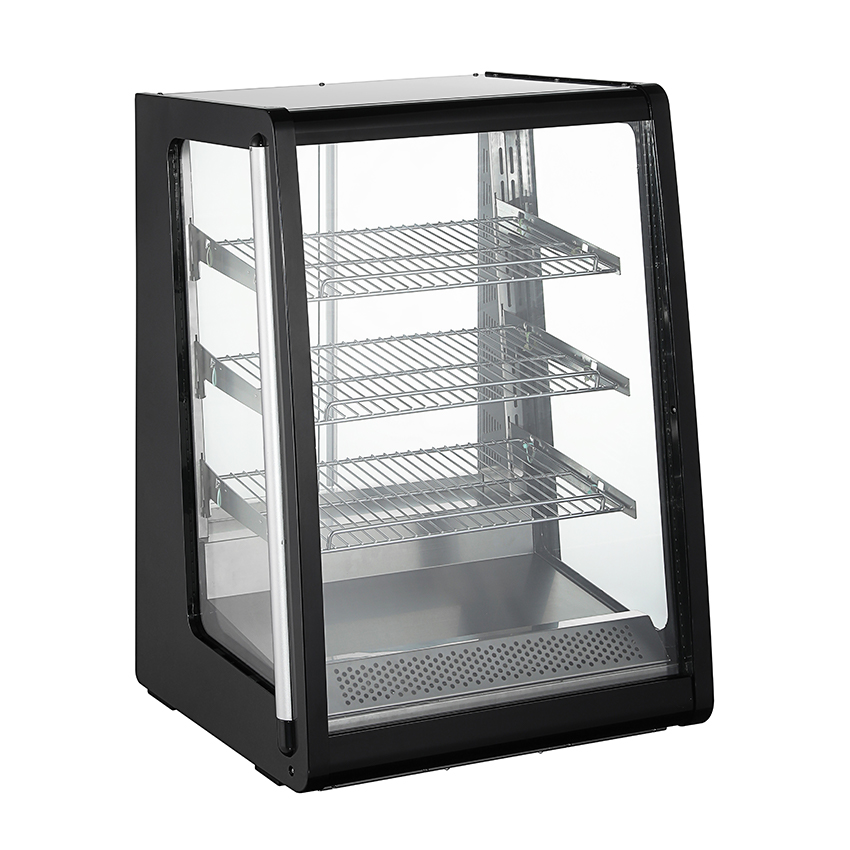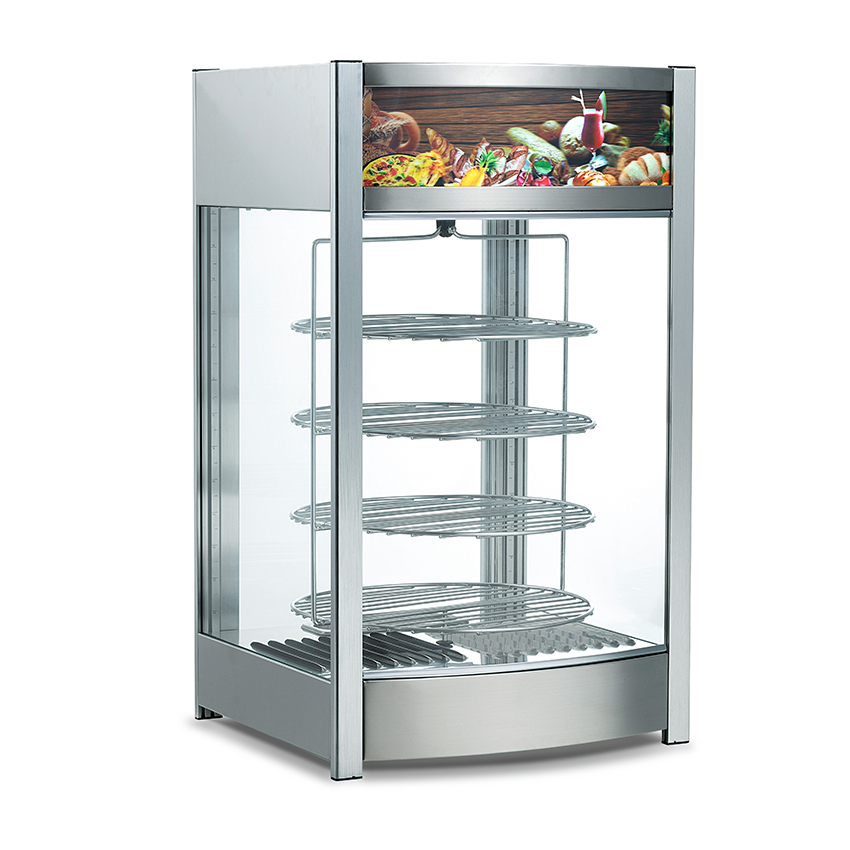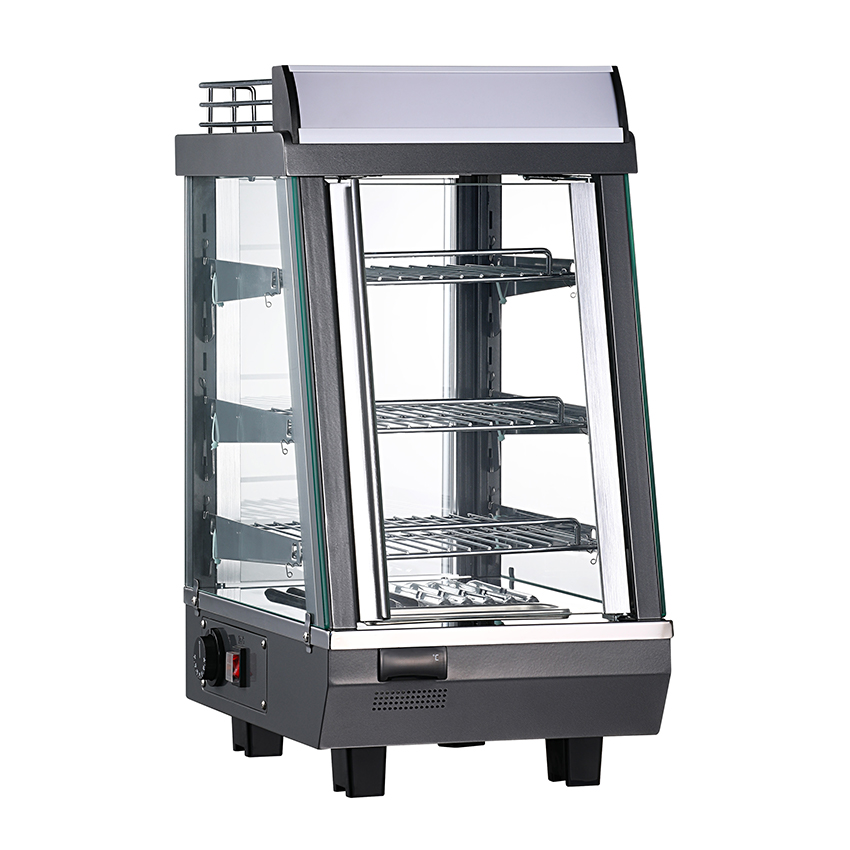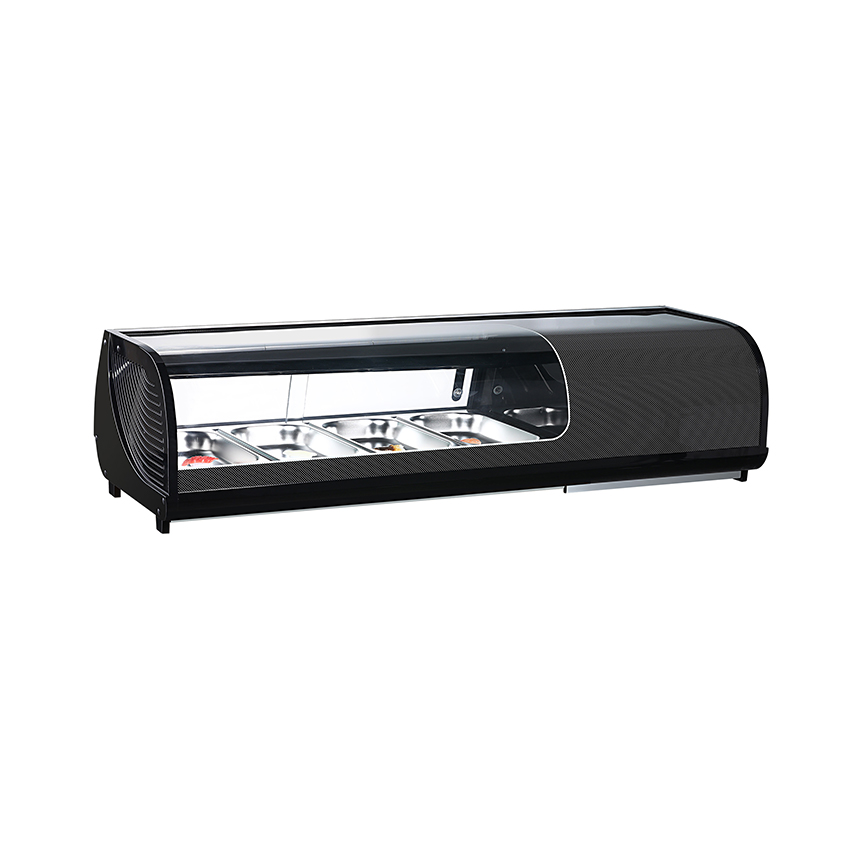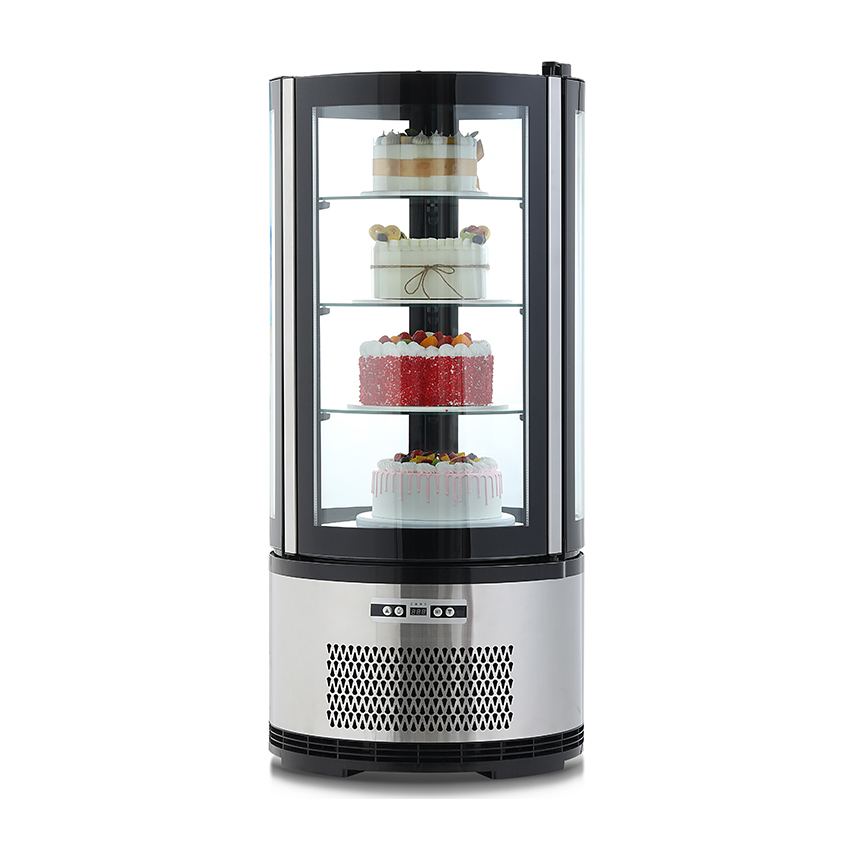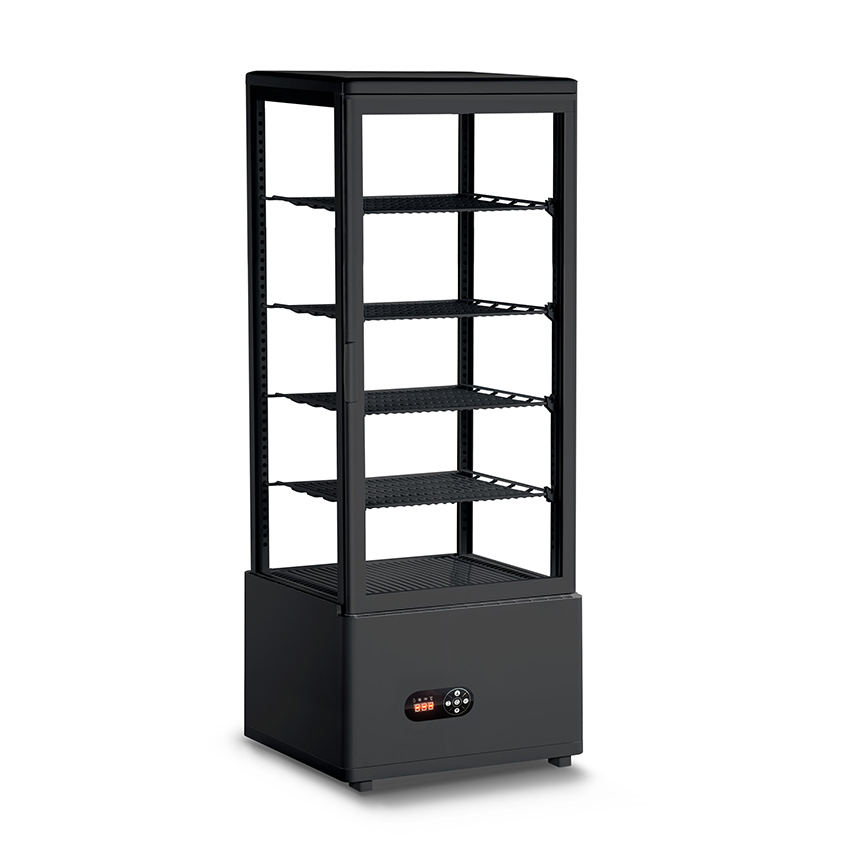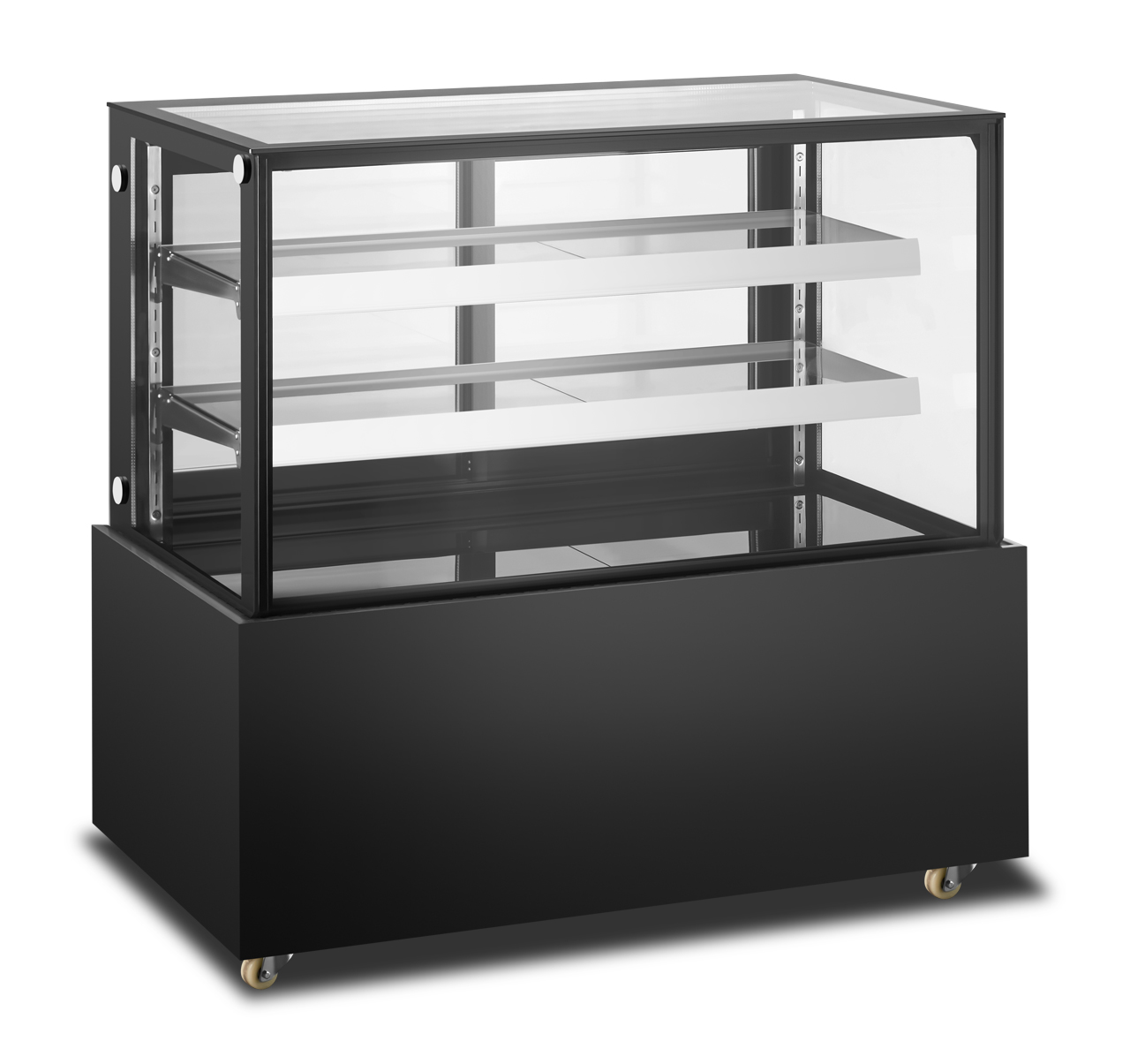Table hot cabinets combine cooling and heating functions, enabling quick transitions between physical storage and heating. Table hot cabinets are simple to operate; simply follow the instructions to start, stop, and adjust the temperature. Furthermore, table hot cabinets offer functions such as heat preservation, temperature control, and defrosting to meet the specific storage needs of different foods.
Content
1. Safety Summary
| Category | Core Risks | Best Practices and Solutions |
| Fire Safety | Heating element failure, prolonged overheating, proximity to flammable materials. | Inspect heating elements regularly; turn off the power immediately after use; clear the surrounding area of the appliance. |
| Electrical Safety | Aging or damaged power cords; handling with wet hands. | Inspect wiring regularly; ensure hands are dry before touching equipment. |
| Operational Safety | Steam burns and burns on hot surfaces. | Wear dry, heat-resistant gloves when operating; maintain adequate ventilation around the cabinet. |
| Food Hygiene | Bacterial growth, cross-contamination, and food spoilage. | Implement a strict cleaning and disinfection system; use food-grade stainless steel interior; keep the cabinet dry. |
| Temperature Control | Keep the holding temperature below 60°C (the danger zone). | Calibrate the thermostat regularly; cross-verify with an independent probe thermometer. |
| Personal Hygiene | Contamination introduced by the operator. | Wash hands thoroughly before handling food and ensure the interior of the hot cabinet is clean. |
2. Three Major Food Safety Risks
Microbial Growth and Growth
Risk: Hot cabinets are designed to maintain heat, not to cook or reheat quickly. If food is not cooked or reheated properly, the initial colony count will be high, and the hot cabinet will simply become a "bacteria incubator."
Cross-contamination
Risk: Mixing different types of food: Raw and cooked food, or foods with different flavors (such as seafood and desserts), can lead to cross-contamination through air or dripping.
Chemical and Physical Contamination
Risk: Cleaner Residue: Using inappropriate strong acids or bases, or failing to rinse thoroughly, can lead to chemical contamination of food.
Risk: Food Cross-contamination: Juices from different types of food (such as seafood and meat) can mix.
Risk: Prolonged storage of food: Even at temperatures above 60°C, nutrients (such as protein and vitamins) in food will gradually degrade, resulting in a loss of flavor, taste, and nutritional value.
3. Maintenance of table hot cabinets
(1) Daily maintenance (after each use or at the end of each day)
Cleaning and disinfection
Steps:
Power off cooling: Turn off the power and wait until the cabinet temperature drops to a touchable level before operating to prevent burns or excessive evaporation of the detergent.
Drainage system cleaning:
Steps:
Empty and clean the bottom water storage tray.
Check whether the drain hole is unobstructed (if any), and carefully clear it with a thin wire or cotton swab.
Note: Do not rinse the inside of the hot cabinet directly with water to avoid damaging the heating element and electrical insulation.
External cleaning: Wipe the cabinet door, handle and shell with a soft damp cloth to remove oil stains and fingerprints.
Performance check:
Action: Restart the hot cabinet in a short time to check whether the heating is uniform and whether the temperature display is normal.
(2) Weekly maintenance
Heating element inspection:
Action: Visually inspect the quartz heating tube or other heating element for obvious damage, blackening or deformation.
Check the sealing strip: Is it still soft, elastic and tightly fitting? If hardening, cracking, or peeling is observed, replace it promptly.
Calibration and Inspection: Use a separate, calibrated food thermometer and insert it into the food in the center of the cabinet. Compare the reading to the value displayed on the cabinet's built-in thermostat.
Calibration: If the temperature difference is large (e.g., exceeding ±5°C), contact after-sales service for professional calibration.


 English
English русский
русский Español
Español Français
Français عربى
عربى italiano
italiano
